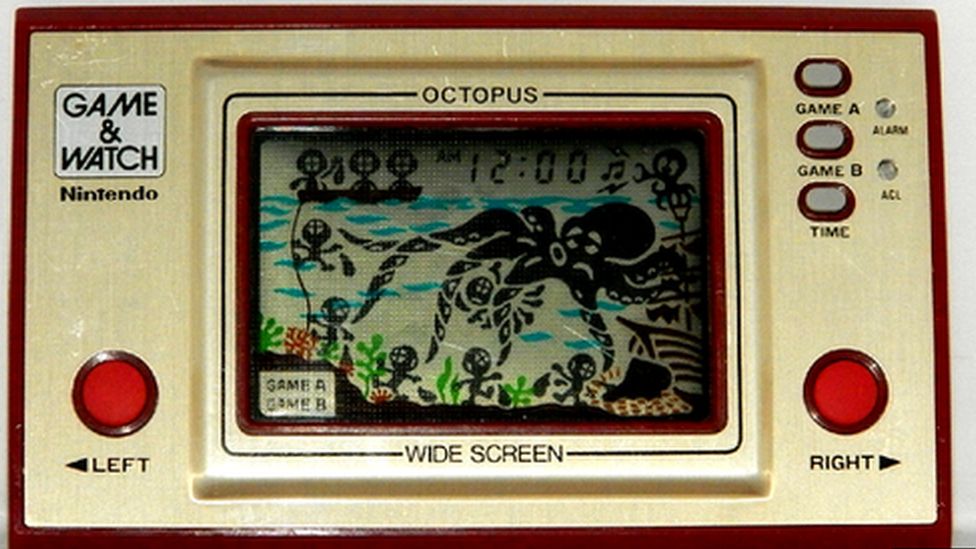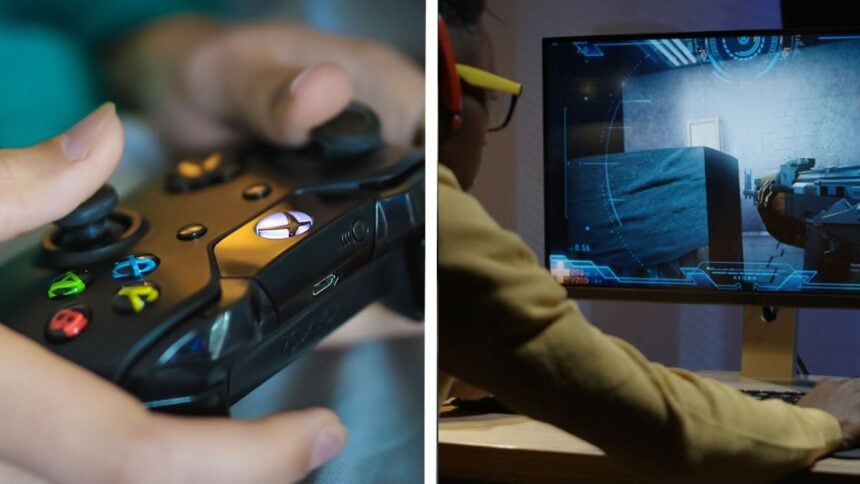Gaming has come a long way since the days of Pong and Pac-Man. Today, we have immersive and interactive gaming experiences that transport us to new worlds and allow us to connect with other players from around the globe. But how did we get here? In this article, we will explore the evolution of gaming technology, from the earliest pixelated games to the latest virtual reality and augmented reality games. We will also examine the impact of these technological advancements on players.
The Early Days of Gaming
In the 1970s, the first video games were developed. These games were simple and often used basic graphics, such as the famous game Pong. The graphics were made up of pixels, which were small colored squares that made up the images on the screen. The early games were also limited in terms of sound and gameplay, but they were still incredibly popular.

The Rise of Consoles
In the 1980s, video game consoles became more popular. These consoles, such as the Atari and Nintendo, allowed players to play games at home and offered better graphics and sound than the early arcade games. The consoles also allowed for multiplayer gaming, which added a new level of excitement to the gaming experience.

The Birth of 3D Graphics
In the 1990s, gaming technology took a huge leap forward with the introduction of 3D graphics. Games such as Doom and Quake revolutionized the industry by offering realistic 3D environments and gameplay. These games also paved the way for the first-person shooter genre, which is still popular today.

Online Gaming
The late 1990s and early 2000s saw the rise of online gaming. Games such as EverQuest and World of Warcraft allowed players to connect with each other from all over the world and play together in massive virtual worlds. This era also saw the rise of massively multiplayer online role-playing games (MMORPGs), which are still incredibly popular today.

Mobile Gaming
In the mid-2000s, mobile gaming became popular with the introduction of smartphones. Games such as Angry Birds and Candy Crush became instant hits, and mobile gaming has continued to grow in popularity ever since. Mobile gaming has also allowed for more casual gaming experiences, which can be enjoyed in short bursts throughout the day.

Virtual and Augmented Reality
The latest advancements in gaming technology are virtual reality (VR) and augmented reality (AR). These technologies allow players to fully immerse themselves in the game world and interact with it in new ways. VR and AR gaming is still in its early stages, but it has the potential to revolutionize the industry once again.

The Impact of Gaming Technology on Players
The evolution of gaming technology has had a significant impact on players. For one, it has made gaming more accessible than ever before. Players can now enjoy games on their smartphones, computers, and consoles, and can connect with other players from around the world. Gaming has also become more immersive and realistic, allowing players to truly escape into the game world.
However, there are also potential negative impacts of gaming technology. Some worry that excessive gaming can lead to addiction and can have negative effects on mental health. Additionally, there are concerns about the impact of violent games on players, particularly children.
Conclusion
In conclusion, the evolution of gaming technology has been remarkable, taking gaming from simple pixelated games to immersive and interactive experiences that transport us to new worlds. The advancements in gaming technology have allowed for more accessibility, realism, and interactivity, creating a gaming experience like never before.
However, as with any technology, there are also potential negative impacts that need to be considered, such as addiction and the impact of violent games on players. As we move forward with gaming technology, it is important to continue to monitor these potential negative effects and work to address them.
Overall, gaming technology has had a significant impact on players, and it will be interesting to see where technology takes us in the future. Will we continue to see advancements in virtual and augmented reality? Will we see new ways of connecting with other players? Only time will tell, but one thing is for sure – the future of gaming technology is exciting and full of endless possibilities.




